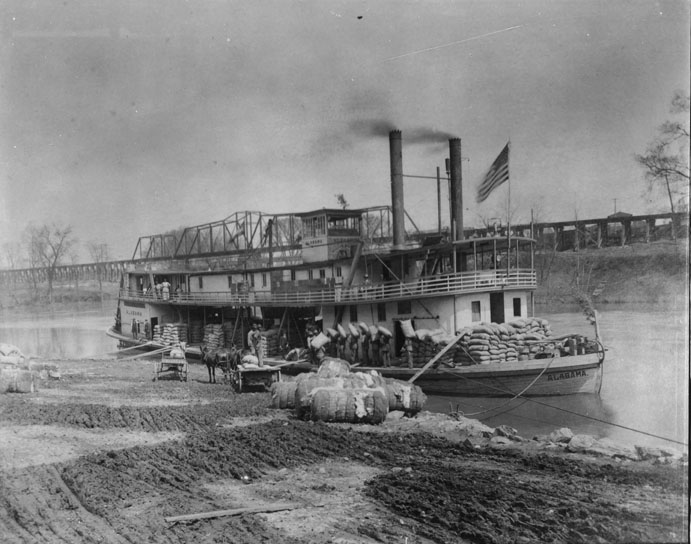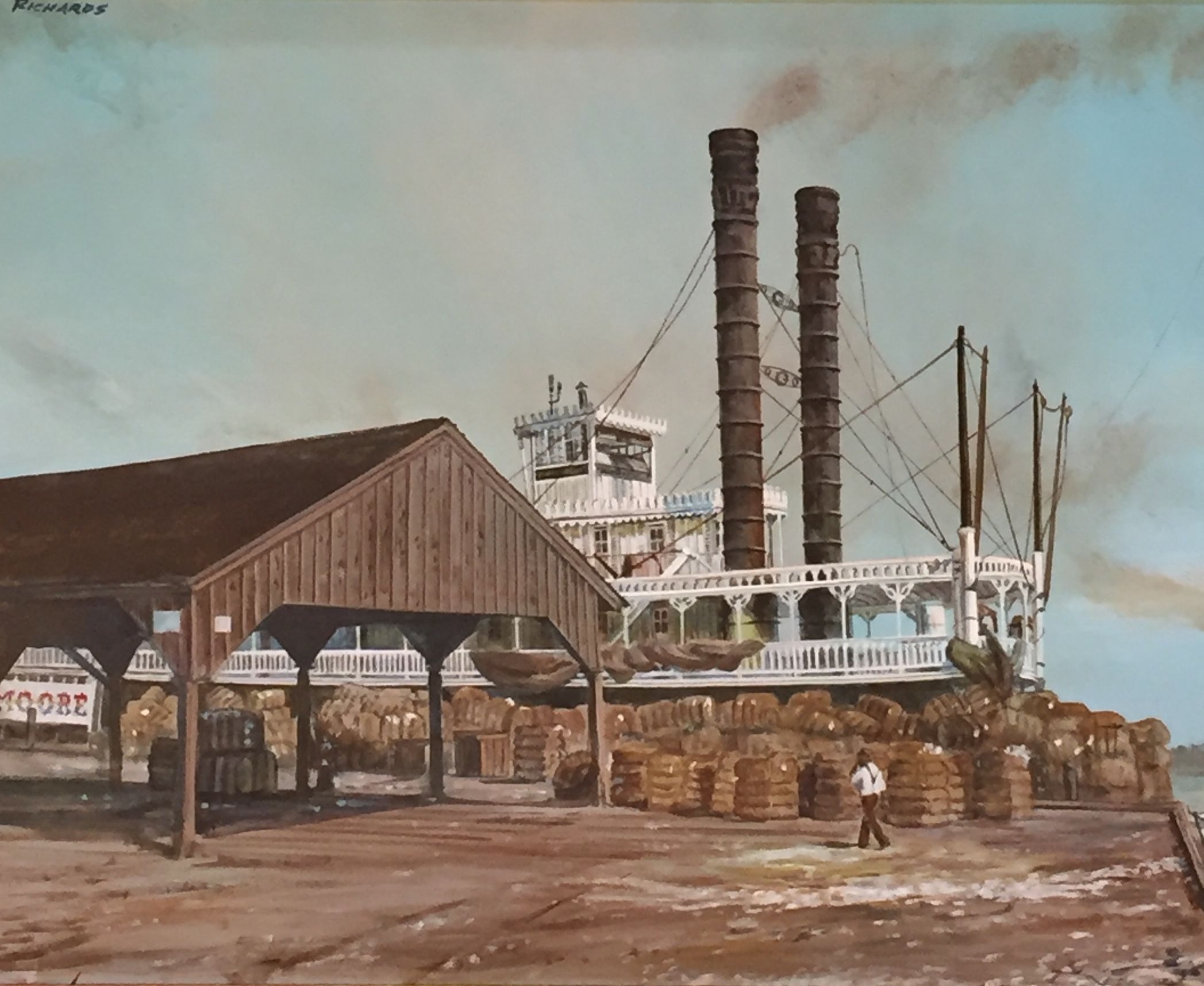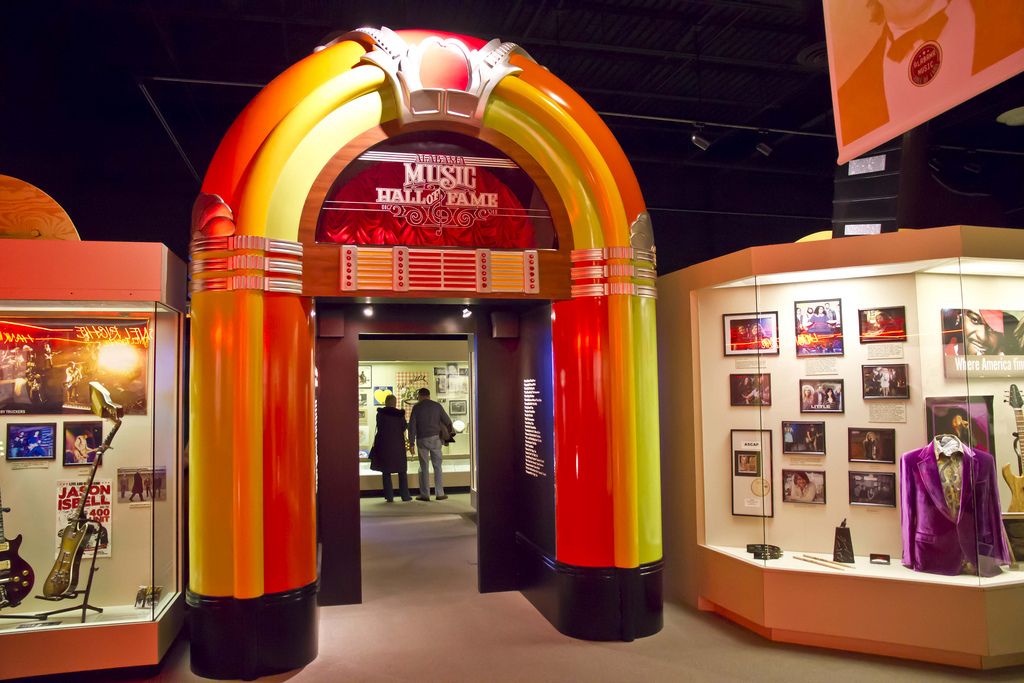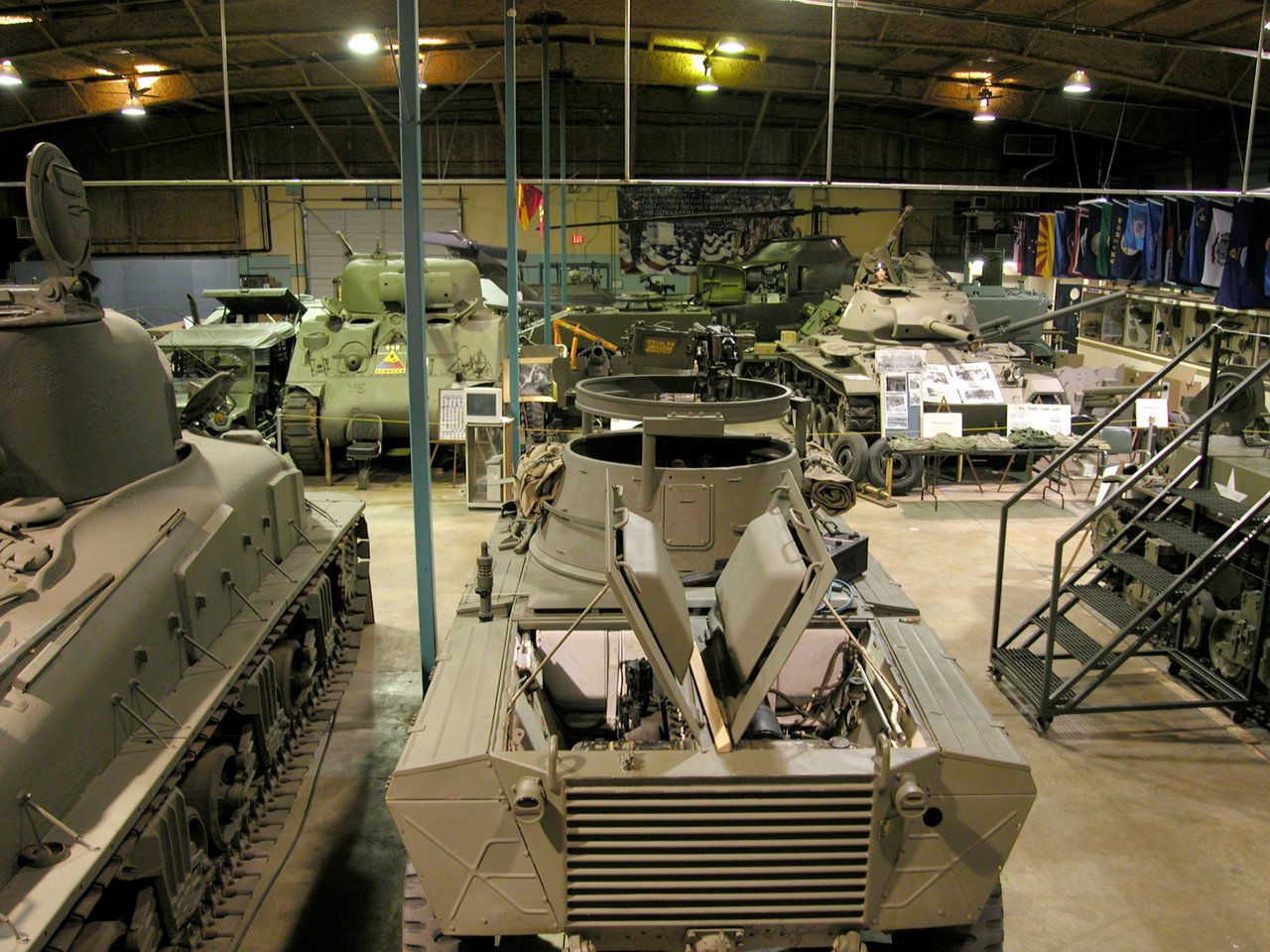Steamboats In Alabama Played a Major Role in The State's Economy
Steamboats in Alabama not only played a major role in its development, but it also made life a lot easier for thousands of its residents.
While these incredible vessels were first created in the late 1790’s, they did not reach full speed in Alabama until 1818.
 Old Alabama Steamboat
Old Alabama SteamboatThis form of river transportation was critical for this young and growing state, as it had very few modern roads.
The ones that existed that were passable became impossible to navigate when bad weather hit.
However, the development of these marvels changed all of that, and because of the numerous river systems in the state, they flourished.
The History of Steamboats in Alabama
 Steamboats And Cotton In Alabama
Steamboats And Cotton In AlabamaTo fully understand the history of Steamboats in Alabama and how critical they would become, it helps to start with how they started.
The first steamboat in the United States was built by John Fitch in 1787, and as it was tested and improved, he was granted a patent on the design in 1791.
However, he was not given a monopoly on the design, which left this new technology open for other inventors as well.
He was also not really good with details such as construction and operating expenses, which opened the door for Robert Fulton to enter into this new technology.
Robert Fulton, who would become known as the “father of steam navigation”, had successfully built a submarine in France before turning his attention to steamboats.
He had developed a love for steam engines, and by 1800, had successfully built a diving boat called the Nautilus.
He kept studying steam engines, and in 1802, he contracted with Robert Livingston, to build a steamboat to use on the Hudson River.
In a few short years, he designed the New Orleans, which was built as both a passenger as well as a freight boat, which was used in the Mississippi River.
The first of the Steamboats in Alabama was named the “Alabama”, and was built in St. Stephens, and launched in the year 1818 on the Alabama River.
 Mobile Alabama Riverfront
Mobile Alabama RiverfrontThe rivers in the state very quickly became the “interstates’ of the times, because of this new technology.
This steam powered rivercraft could very easily navigate the shallow drafts in the rivers in the state, as well as travel upstream against the currents.
The rivers located in the south part of the state like the Alabama River, the Black Warrior River, and the Tombigbee, were perfect for these new inventions.
However, in northern part of the state, it was much tougher because of the cascades found along the Tennessee River, which became known as “Muscle Shoals.”
The Chattahoochee River on the east side of the state was also extremely efficient, and when combined, these “natural highways” helped the cotton trade in the state flourish.
Most of the state’s towns that became important trading areas were built along these rivers, and the city of Mobile soon became known as the “Port City of the South”.
In the early part of the 18th century most of the Steamboats in Alabama were owned and operated by the St. Stephens Company, and the Mobile Steamboat Company.
However, over time that would change, and by 1861, most every boat operated in the state was owned by Cox, Brainard and Company.
This new mode of transportation in the south helped the plantation-based cotton economy explodes, and this success lasted until the end of the century, when railroads took over most of the business.
The steamboats built to operate in the state had two major objectives they had to accomplish; move cotton quickly and cheaply.
During their glory, these marvelous inventions would travel downstream to Mobile, and stop at over 500 different landing spots along the way.
There were 300 located on the Tombigbee River, and another 200 located on the Alabama River.
On these landings, cotton warehouses were built on the bluffs above these rivers, along with wooden slides.
These wooden slides allowed the “rolladores” to load the cotton bales on these vessels.
“Rolladores” were men that worked at the top of the slides, and most of them were slaves, who would roll the bales down to the “stevedores”.
Stevedores were in most all cases immigrants new to the country and the southern economy, and they were used at the bottom of the wooden slides for a specific reason.
The plantation owners valued their slaves and did not want them working on the bottom of the wooden slides, as it was a much more dangerous job than being at the top.
The Makeup of the Steamboats in Alabama
 Steamboat Alabama On The Coosa River
Steamboat Alabama On The Coosa RiverThe Steamboats in Alabama were designed to carry heavy loads, but they had to make frequent stops for firewood in order to keep them running.
Most all of them were what was referred to as “side-wheelers”, which were built specifically for river travel.
They were built to haul loads both upstream as well as downstream, and they were very good at doing the job they were built to do
Once they had unloaded the cotton at the Mobile port, they would then be loaded with numerous basic supplies to carry back upstream.
These supplies included food, clothing, household goods, as well as farm supplies, which helped to keep the merchants in the area well stocked.
These side wheelers averaged over 200 feet in length, and about 40 feet in width, which made them very effective in the rivers in the state.
They were made from almost all wood, and had a steam engine, a boiler to keep the engine running, as well as paddle wheels in the center.
Most all of the Steamboats in Alabama had multiple decks, and the main deck was used for freight and firewood.
If there was any space left on the upper decks, cotton bales were also stacked there, which at times made in very inconvenient for passengers.
However, the main objective of these vessels was to carry cotton, and this took a priority over passengers.
The deck directly above the main deck was referred to as the “boiler deck”, which was used for first class passengers.
It also had a saloon that ran the entire length of the vessel, which was considered to be the most luxurious place on the boat.
It was very well lit and had a wood-burning stove for warmth when needed, and had tables, rocking chairs, as well as sofas for the passengers.
Above this deck was the “hurricane deck”, where the ships officers stayed.
The pilot house was on the top deck, and it had two very tall iron smokestacks, which spit out both sparks and clouds of smoke.
One of the major concerns of passengers on the Steamboats in Alabama was accidents for two major reasons; the heavy traffic on the rivers, and the sparks they emitted.
However, because of shallow depth of most of the rivers, accidents were very rare, other than occasional incidents with sandbars.
But even these caused very little damage, as the width of the rivers allowed the pilots to very easily make it back to land if they needed to.
Even after the aftermath of the Civil War, these magnificent vessels kept moving the cotton of the south, and the people that grew it.
However, their glory days came to end with the arrival of railroads, which could go any direction and did not rely on where the river was located.
References
http://www.encyclopediaofalabama.org/article/h-1803
The Best Kept Secrets In Alabama

Alabama Gift Store
Numerous Items for You and Your Family to Enjoy
See it here at the Gift Store
Copyright 2019-2023 Alabamabackroads.com
All Rights Reserved



















